
One man who has played a significant role in influencing the culture of life-long training at Action Target is Clint Smith of Thunder Ranch. As a seasoned veteran and avid proponent of realistic scenario training, Clint has made a name for himself as one of the greatest firearms trainers in the world. This year marks 20 years of working closely with Action Target to create the most innovative and effective training methods available today.
Early Years
Clint’s natural ability to teach makes it seem almost effortless for him to convey difficult concepts to his students, but his experience is what has made him one of the greatest trainers in the world. Clint served two tours in Vietnam as a marine and worked in law enforcement from 1970 to 1980 as director of the firearms training division, S.W.A.T. team member, and precision rifleman. After leaving law enforcement, he entered the civilian arena as operations officer for the American Pistol Institute at Gunsite Academy where he was dean of instruction.
Three years and several curriculum developments later, Clint decided to take his unique training techniques on the road as president of his own business called International Training Consultants.
“There’s always the need to take the training to the people, so from 1983 to 1993, I spent most of my time on the road conducting trainings across the country and internationally as well,” Clint said. “When conducting trainings on the road, I started using all Action Target products because they were so portable. That portability made it so I was able to make a home wherever I went. I would just show up in a large van or with a trailer full of steel targets and have a full range set up in an hour or two.”
Before long, Clint’s portable training program was nationally recognized for innovative courses in urban rifle, shotgun, precision rifle, and various handgun formats. The more places he visited, the more popular his program became. All of the traveling eventually took its toll, however, and in 1992, Clint decided it was finally time to find a home.
Thunder Ranch
“I loved the flexibility of being out on the road where I could bring training to anyone who wanted it, but in order to conduct more advanced training, I need my own setup,” Clint said. “The redeeming value of being able to have my own facility was that I was able to control the environment. I was more comfortable there because it was my home. And when the trainer is comfortable, the students learn better.”
Along with settling down at a permanent facility, Clint’s training company also got a facelift.
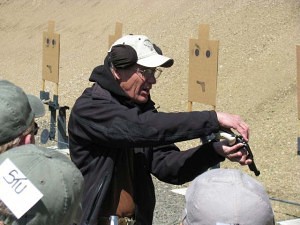
“When we moved to Texas in the early ‘90s, we decided to update the name from International Training Consultants to something with more kick to it,” Clint said. “We had a popular training drill called Rolling Thunder, and since we’d settled on a ranch in Texas, we called it Thunder Ranch.
Thunder Ranch officially opened in 1993 with five outdoor ranges including 300-yard and 1,000-yard rifle ranges, two classrooms, a computer controlled Hogan’s Alley nicknamed Thunderville, a four-story tower that housed additional indoor ranges, and two tactical shoot houses with movable walls.
“Everything on the ranch was done with Action Target equipment,” Clint said, “and at the time, it was the premier training facility of the private sector. You couldn’t find better anywhere.”
The program was set up with five-day courses on various firearms training techniques being offered to the general public. Word spread and before long, Thunder Ranch instructors were training 1,500 people a year.
In addition to civilian courses, Thunder Ranch also accommodated the occasional specialty course for law enforcement. The ranch’s training facilities were put to the test in 1996 when Action Target held its annual Law Enforcement Training Camp at Thunder Ranch. More than 120 law enforcement officers descended on the ranch for an entire week of intense training and informative seminars.
Nearly every aspect of law enforcement firearms training was covered from team tactics and police equipment to semiautomatic shotgun techniques and submachine gun deployment. Clint personally taught several of the courses along with other renowned law enforcement trainers.
Innovations
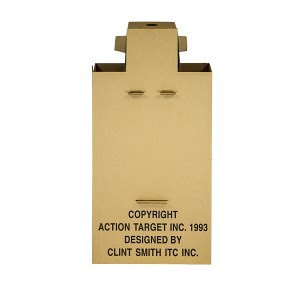
Less than a year after opening Thunder Ranch, Clint began working with Action Target to create new training products to meet the needs of his students including the Portable Bullet Trap and a reactive target system that was both affordable and realistic. He wanted to see how close he could take his students to a real life confrontation without actually putting anyone in danger. To do that, he needed a moving target that looked and reacted like a real threat.
“Most active shooter situations aren’t that difficult from a marksmanship standpoint,” Clint said. “The difficulty comes from mental blocks and an elevated heart rate. If I can put my students in situations where they are constantly training under mental and physical stress, they will be so much more prepared for a real world situation.”
The solution was a 3D cardboard torso target made reactive through the use of balloons which could be blown up in the head, chest, or lower abdomen cavities. When inflated, the balloons put pressure on the steel rebar that runs through the middle of the target and hold it up by pressing against the sides of each of the three cavities. As soon as the balloons are popped, the target no longer has anything to hold it up and falls to the ground.
Clint built a platform to house his new 3D Target training scenario with a PT Runner
to add the realism of a charging or moving threat. No longer were his students just firing into an unreactive piece of paper, but they were firing at a moving target that looked and reacted like the real thing. As their heart rates and stress levels increased, students were forced to focus on their sights and aim for strategic kill zones. Shooting it anywhere wouldn’t bring it down, just like an actual assailant.
Inspired and designed by Clint Smith, the 3D Target has been an essential part of law enforcement training programs nationwide for nearly a decade. Clint continues to work with Action Target on new product developments and acts as a consultant to the company on training methods.
Thunder Ranch Today
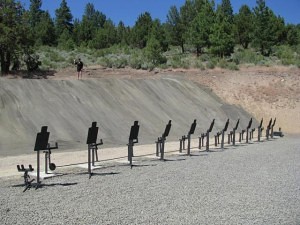
Thunder Ranch remained in Waller, Texas, from 1993 until 2004 when operations were moved to southern Oregon. Clint Smith purchased 800 acres of land just outside of Lakeview and built brand new facilities from the ground up with equipment provided by Action Target. Though smaller, the new Thunder Ranch allows Clint to get back to doing what he loves.
“The bigger the business got in Texas, the less I was able to actually teach,” Clint said. “In Oregon, I get to interact with people one-on-one, and that’s what I want. I personally teach all of the classes.”
Courses are now only three days long and classes are smaller, but Thunder Ranch still boasts state-of-the-art training facilities and more than 400 trainees a year. Current classes include defensive handgun, urban rifle, team tactics, home and vehicle defense, mid range rifle, defensive concealed carry, high angle, and defensive revolver. Most classes have already been filled for the rest of the year.
Action Target continues to support Clint Smith as a friend, and we hope for another 20 years of working with Thunder Ranch to bring superior training to law enforcement officers and civilians.








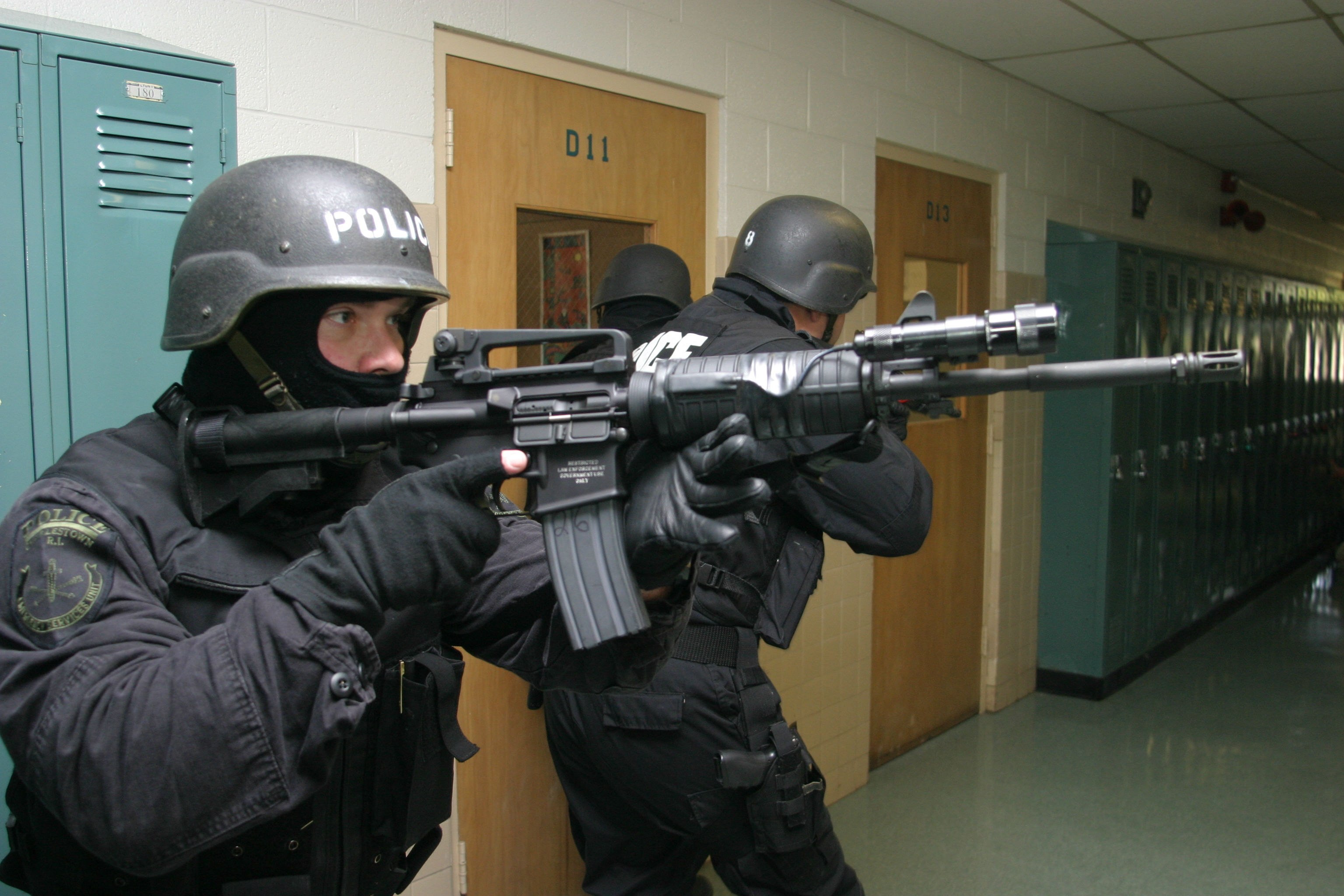 Maybe we as law enforcement officers need to reevaluate our IARD strategies and reconsider other solutions in defining who the first responder should be.
Maybe we as law enforcement officers need to reevaluate our IARD strategies and reconsider other solutions in defining who the first responder should be.


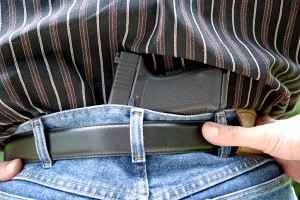 By John Krupa III.
By John Krupa III.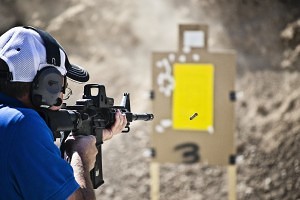 Action Target’s annual Law Enforcement Training Camp ended Friday as instructors and trainees parted ways after another year of advanced law enforcement training.
Action Target’s annual Law Enforcement Training Camp ended Friday as instructors and trainees parted ways after another year of advanced law enforcement training.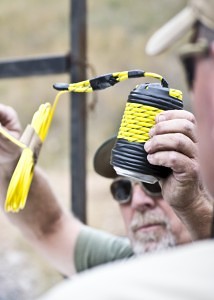
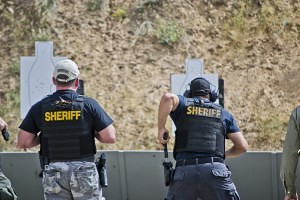
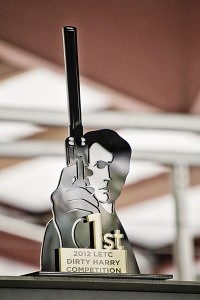
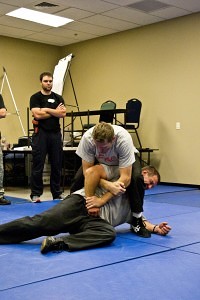
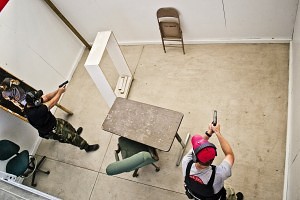
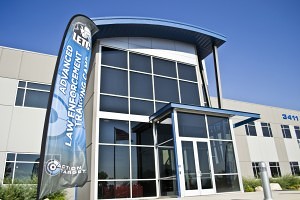
 The Action Target Total Containment Trap can be a great solution to this problem if your daily foot traffic is able to balance the expense of installing and maintaining it. With two different types of lead removal systems, the TCT allows for varying levels of use and greatly diminishes the time you have to spend maintaining your shooting range. Essentially, the TCT is a giant armor steel
The Action Target Total Containment Trap can be a great solution to this problem if your daily foot traffic is able to balance the expense of installing and maintaining it. With two different types of lead removal systems, the TCT allows for varying levels of use and greatly diminishes the time you have to spend maintaining your shooting range. Essentially, the TCT is a giant armor steel  Action Target’s patented wall and ceiling baffles are designed to
Action Target’s patented wall and ceiling baffles are designed to 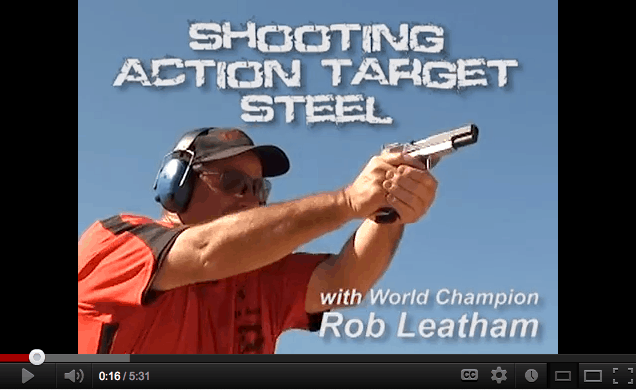
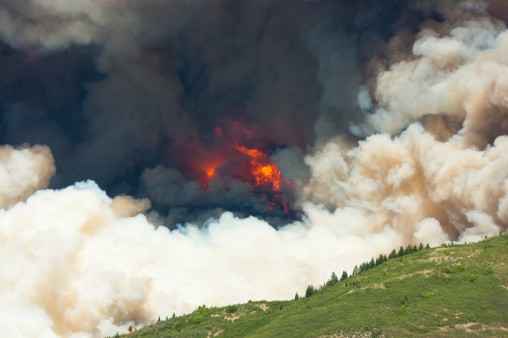 More than 20 wildfires have been started by target shooting this year in Utah alone with dozens more started in Idaho, New Mexico, Arizona, Nevada, and Washington. Many of those fires could have been prevented or stopped had the shooters been prepared. Here is a list of 10 things shooters can do to prevent wildfires while target shooting:
More than 20 wildfires have been started by target shooting this year in Utah alone with dozens more started in Idaho, New Mexico, Arizona, Nevada, and Washington. Many of those fires could have been prevented or stopped had the shooters been prepared. Here is a list of 10 things shooters can do to prevent wildfires while target shooting: